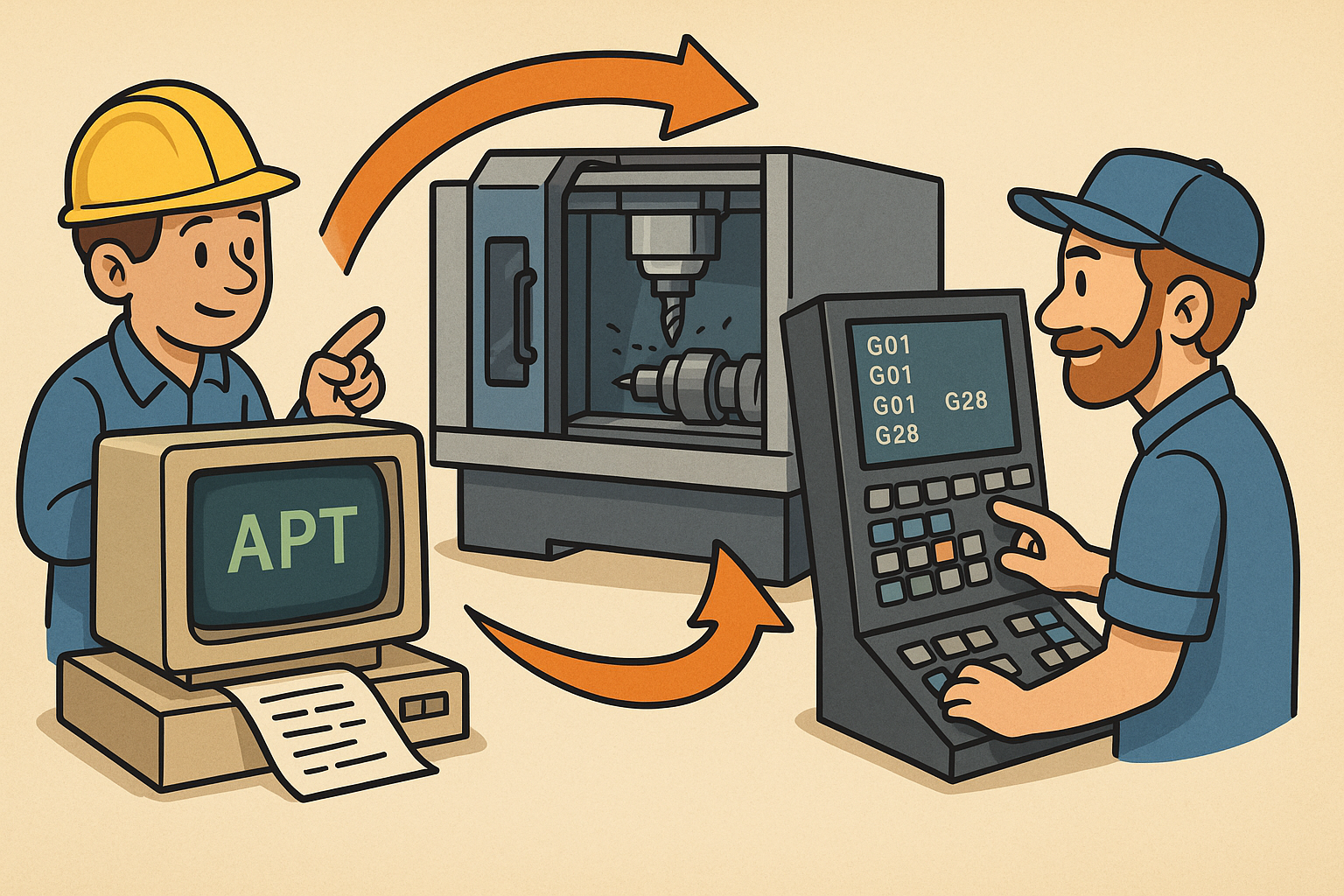Your Cart is Empty
Introduction to Design for Manufacturability (DFM)
Design for Manufacturability (DFM) represents a crucial subset of engineering practices aimed at making products easier and more cost-effective to manufacture. DFM's principles are pivotal in the product development cycle, serving as the bridge between conceptual design and manufacturing reality. The evolution of DFM practices has been closely tied to technological advancements, marking a significant transition from traditional craftsmanship to computer-aided design and manufacturing processes. The importance of DFM lies in its ability to preemptively address potential manufacturing issues, thereby reducing waste, saving time, and ultimately ensuring a smoother transition from design to production.
Modern DFM Software Tools
The landscape of DFM software tools is diverse, with many leading solutions offering a range of functionalities designed to streamline the production process. These tools serve as an essential resource for designers and engineers, enabling them to analyze, predict, and solve manufacturability issues early in the design process.
- Automated design analysis for manufacturability: This feature allows for the rapid assessment of designs to identify manufacturing challenges and bottlenecks.
- Material selection and optimization: DFM software provides insights into material properties, helping in choosing the most suitable and cost-effective materials for the production.
- Cost estimation and reduction strategies: By analyzing the design, DFM tools can estimate the production costs and suggest modifications to reduce expenses.
- Integration with CAD software for seamless design modifications: This capability ensures any recommended changes can be directly applied to the design within the CAD environment.
A comparative analysis of popular DFM software reveals differences in usability, integration capabilities, and industry-specific functionalities, guiding users in selecting the tool best suited to their needs.
The Impact of DFM Software on Industry Practices
DFM software has had a significant impact on various industries, including automotive, aerospace, and consumer electronics. By leveraging DFM tools, companies have been able to reduce time to market and manufacturing costs, while simultaneously improving product quality and performance. Furthermore, DFM software facilitates custom, on-demand, and small-batch production settings, enabling manufacturers to meet specific customer requirements without incurring excessive costs or delays.
Future Trends and Developments in DFM Software
The future of DFM software looks promising, with several key trends expected to shape its evolution. The potential of AI and machine learning algorithms to enhance DFM analysis and predictions stands out as a significant advancement. These technologies could automate the identification of manufacturability issues and recommend optimizations more efficiently than ever before.
Moreover, the integration of DFM software with sustainable design principles is gaining traction. This trend reflects a growing recognition of the importance of minimizing environmental impact through smarter material selection and manufacturing processes. Another exciting development is the role of DFM in supporting advanced manufacturing techniques such as additive manufacturing (3D printing). As these technologies continue to evolve, DFM software will play a crucial role in enabling more complex product designs and hybrid manufacturing processes, setting the stage for innovative production capabilities in the years to come.







